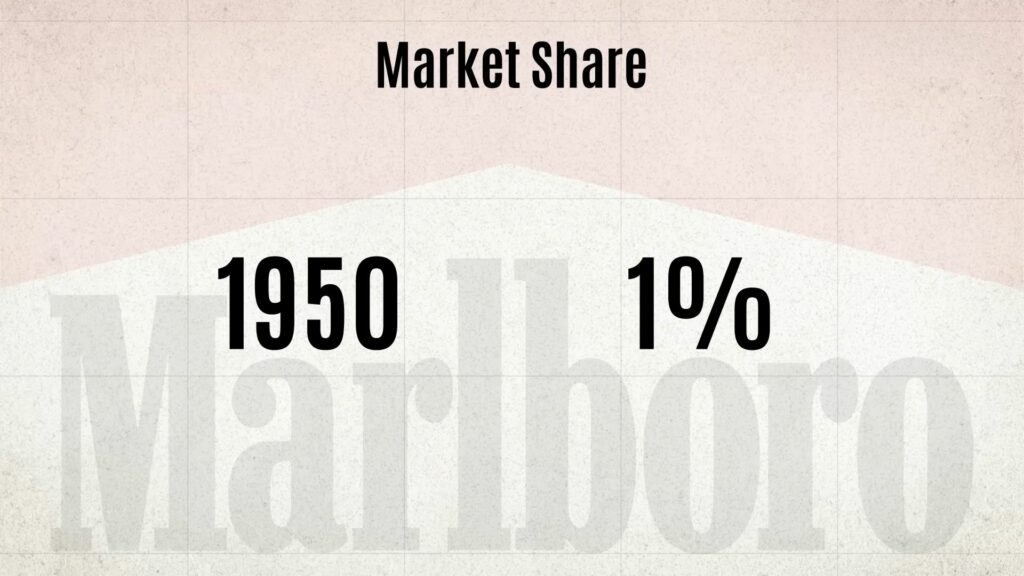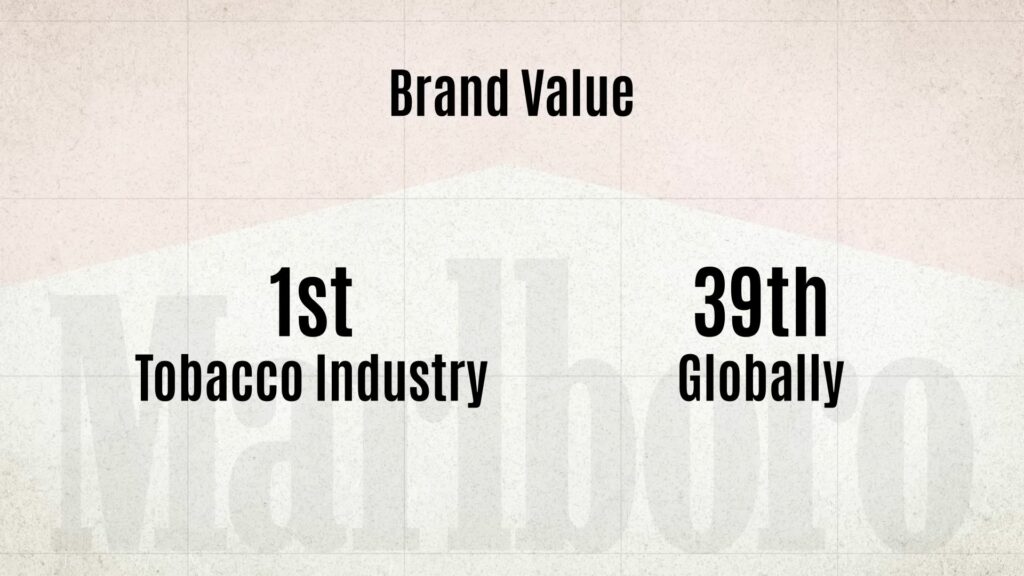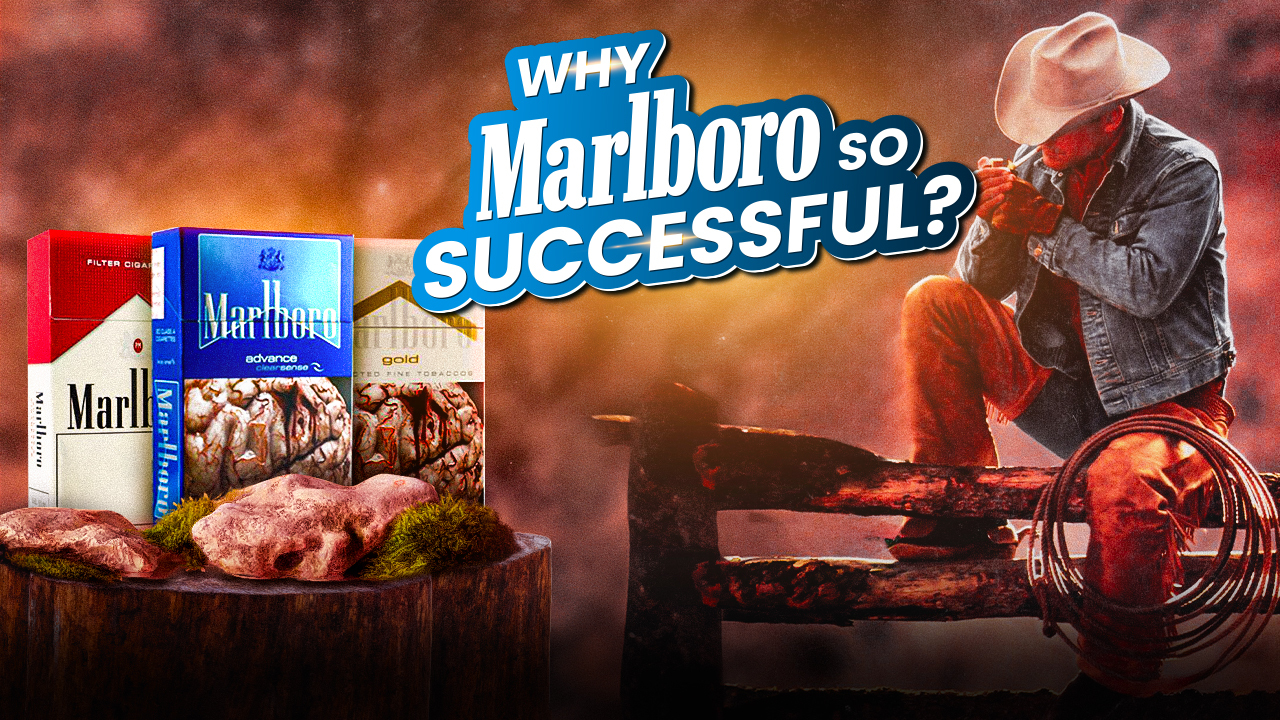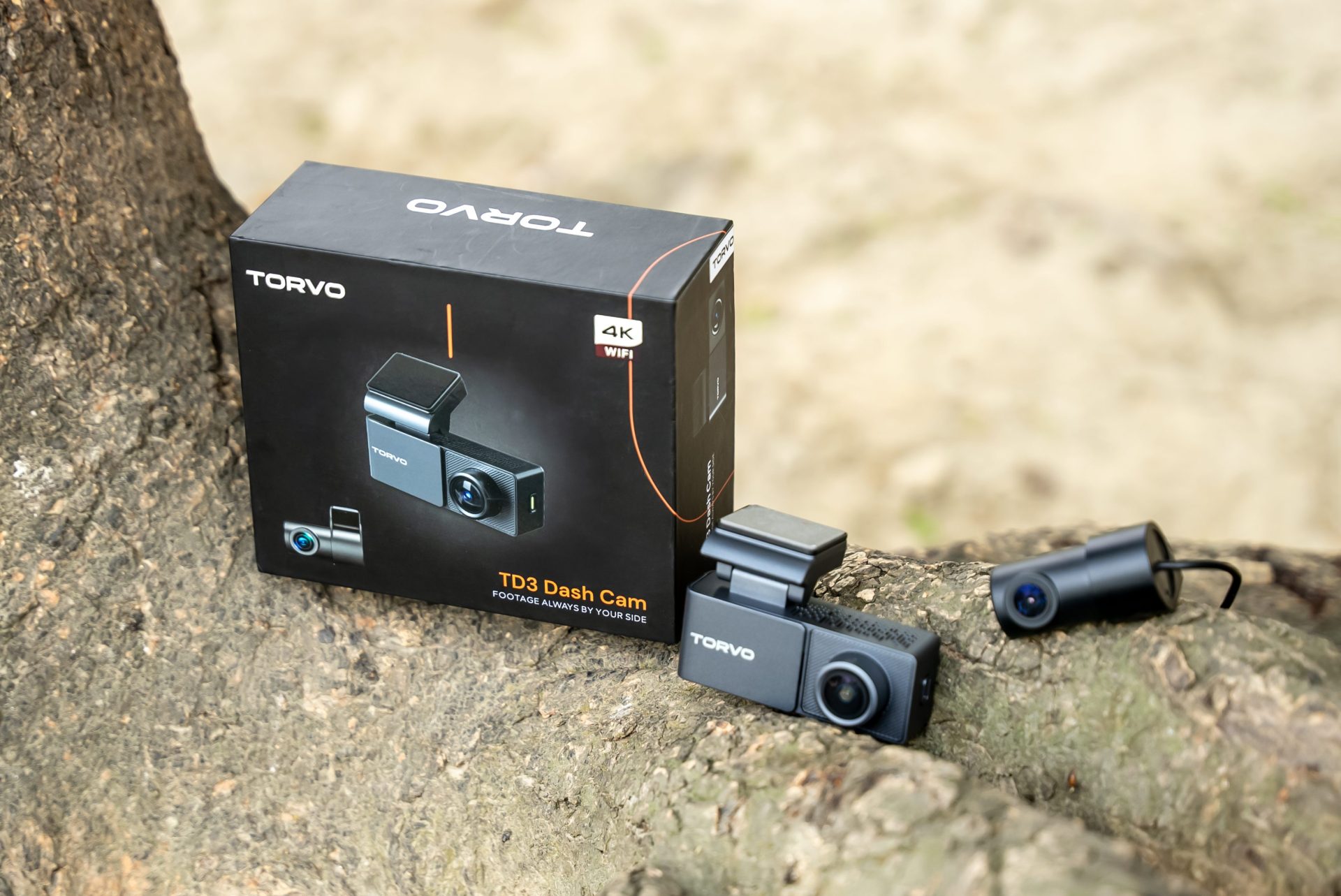Marlboro is a prime example of transforming external threats into business success. Although the brand started by targeting only the women’s segment, it has been one of the most popular and successful cigarette brands globally for decades. According to Forbes, Marlboro has held the number one spot in the global cigarette industry since 1972, despite holding only a 1% market share in 1950. Based on brand value, Marlboro ranks first in the tobacco industry and 39th globally. But how has this brand managed to maintain its market leadership for the past 50 years?
Overview
An article published in the BMJ Journal in 2000 reveals that since the 17th century, cigarette consumption among women was considered a social taboo, and it was widely believed that only women of lower classes smoked. This perception persisted into the 19th century, and in 1921, a bill was even introduced in the US Congress to ban women from smoking in public. Launching a cigarette brand targeting women in such a socially taboo environment might not be the right move. However, going against the tide, Marlboro was launched in 1924 with the tagline Mild as May, specifically for women. The company tried to position this new brand as a symbol of classy and upscale women, though this attempt did not achieve the desired success.
Between the 1920s and 1940s, a chemist named Angel Honorio Roffo published several articles proving tobacco’s role in causing cancer. By the 1950s, more articles published in several renowned journals showed similar results. Consequently, tobacco companies began efforts to prove themselves harmless, although they consistently denied a direct link between smoking and lung cancer. However, their claims were to no avail, as in 1954, a research paper by Dr. E. Cuyler Hammond and Dr. Daniel Horn, conducted on 188,000 men, established a cause-and-effect relationship between smoking and lung cancer.

As a result, companies began making changes to their products, one of which was the introduction of filters in cigarettes. Marlboro, which had pioneered the use of filters three decades earlier, now saw a unique opportunity. The brand decided to target not just women but also men. However, at that time, male smokers were reluctant to use filters despite the many harmful effects of smoking, as filtered cigarettes were perceived as being for women. To change this mindset, Marlboro decided to reposition its brand in 1954, leading to one of the most successful brand repositioning stories in the world. The task of repositioning Marlboro was given to the advertising agency Leo Burnett, which created the Marlboro Man character, the architect of Marlboro’s success as one of the most successful cigarette brands. The marketing campaign was so successful that within a year, the brand’s sales, which held only a 1% market share, skyrocketed to $5 billion, a 3,000% increase compared to 1954. Today, Marlboro products are sold in over 180 countries and hold the top position among cigarette brands. Additionally, according to Brand Directory, Marlboro ranks second among the strongest cigarette brands.
Lifestyle Marketing
Marlboro, which began its journey with the positioning statement Mild as May, launched the Marlboro Man mascot in 1954 with the aim of targeting the male segment. The Marlboro Man was fearless, tough, affectionate, and stylish, representing freedom, adventure, and manliness. He was dressed like a cowboy, a figure idolised by Americans at the time. The brand ran an ad campaign using this mascot, aiming to convey to customers that even such rugged and tough individuals consumed filtered cigarettes, so there was no reason to hesitate. Another important aspect of this campaign was to encourage customers to overlook the health hazards associated with smoking, which were highlighted in various articles. Therefore, the Marlboro Man campaigns portrayed Marlboro smokers as being harder working than others. The campaign focused more on lifestyle than on highlighting the product, emotionally attracting people. The campaign helped Marlboro achieve unprecedented success from the start. Within a year of its launch, the company, which held only a 1% market share, became America’s fourth-best-selling tobacco brand and by 1972 had secured the top position. The campaign continued until 1999.

Innovations
In the early 1960s, scientists at Philip Morris discovered that using ammonia could increase the free nicotine in cigarette smoke, providing a stronger nicotine kick than other milder, low-pH tobacco. As a result, Marlboro was able to offer more satisfaction to its customers and create a higher level of addiction. Marlboro’s freebased version of the cigarette is considered one of the most significant innovations in modern drug design history and is one of the reasons the brand became the most popular cigarette in the world.
Gamification
In 1964, the US government declared that cigarettes caused lung cancer, and in 1970, cigarette advertising was banned. Although Marlboro continued to succeed, the number of cigarette consumers began to decline, dropping from 42.4% of adults in 1965 to just 25% in 1993. Naturally, the company’s sales began to fall. To counter this, the brand came up with another innovative strategy. In 1984, a small sales promotion campaign called Marlboro Abenteuer (Adventure) was launched in West Germany, targeting American youth in 1993. The brand created adventure teams with lucky consumers and took them on various adventures. The campaign was launched in the USA, and application request forms were distributed everywhere. The company began legally promoting photos of the adventure team’s tours from previous years, as activities like Jeep climbing and bike crossing were not prohibited, and no tobacco imagery was used in the photos. As a result, the company was able to gain remarkable exposure among the youth. In the following years, the number of worldwide applications exceeded millions.
Merchandise
Following this gamification strategy, the company implemented its primary marketing technique. They launched the Adventure Team Catalog and distributed it wherever Marlboro was sold. The catalogue featured outdoor gear and adventure apparel that a modern sports-focused Marlboro Man might need. Interestingly, customers didn’t have to spend money directly to get these clothes; instead, they had to purchase Marlboro cigarettes. Through this campaign, the brand was able to sell over 14 million apparel items while also gaining immense popularity among young customers.

Sponsorship
After the 1970 ban, Marlboro turned its attention to sponsorships. In 1972, the company provided a £100,000 sponsorship to the F1 team British Racing Motors. Marlboro then signed deals with ISO Marlboro in 1973, McLaren in 1974, and Ferrari in 1993. Additionally, the brand sponsored numerous other events and teams, both large and small. Through these sponsorships, the company was able to subtly implement an alibi branding strategy. For example, Peugeot’s World Rally Championship cars and F1 Ferraris used colour palettes and red barcodes associated with the company. The research found that these techniques made the brand easily recognisable and relatable to customers.
Marlboro Friday
On April 2, 1993, Philip Morris USA made headlines by announcing a 20% price cut on Marlboro cigarettes, a move characterised as predatory pricing. This strategy was a defensive measure aimed at countering the growing competition from generic brands that were undercutting prices and eroding Marlboro’s market share. Initially, the price reduction caused Marlboro’s share price to drop by 26%, resulting in a loss of approximately $10 million. However, two years later, the generic brands could not withstand the competitive pressure, allowing Marlboro to regain and strengthen its market dominance. This pivotal event is remembered as Marlboro Friday and is considered one of the most significant business developments of the 1990s.
Guerrilla Marketing
In December 2011, Marlboro launched the Maybe Archetype Ad Campaign, marking a bold move in guerrilla marketing. Prior to the main campaign, Marlboro executed a teaser campaign featuring large billboards with the word “MAYBE” in bold letters. These billboards were strategically placed on busy streets, effectively capturing public attention and sparking curiosity about the upcoming campaign. This innovative approach highlighted Marlboro’s ability to create impactful and engaging marketing strategies.

Availability
Marlboro makes its products highly available in most duty-free and airport shops, surpassing the availability of any other consumer products globally. While this might seem like targeting a small market segment, the company had a larger objective in mind. The strategy was to ensure that the limited number of travellers who smoked would purchase Marlboro from duty-free areas, taking the brand with them wherever they went. This way, the company gained exposure worldwide, increasing the brand’s global recognition and familiarity.
Free Sample Providing
An article on Shopify reveals that offering free samples can boost sales by up to 2000%. Marlboro has long employed this strategy. For example, in metropolitan cities like Delhi and Mumbai, the company initially provided free cigarette samples to introduce itself. This approach quickly gained popularity among the youth in those regions, significantly boosting the brand’s presence.







